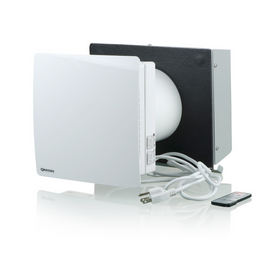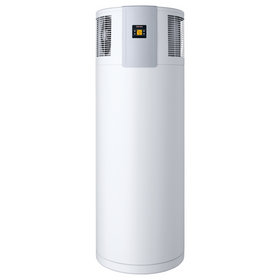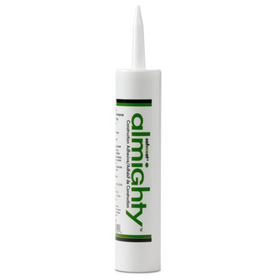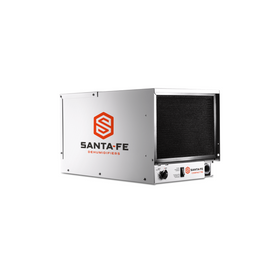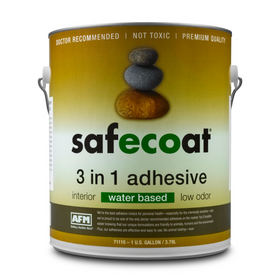
The Madrona Passive House
Last Updated: Feb 8, 2025When you think of a location for green homes, you probably think of a spacious five-acre yard. One that allows for optimum placement, an efficient solar panel system, and advantages that come from larger lots. The Madrona Passive House in Seattle took on the challenge of achieving the world’s most demanding energy standards while being located on a city slope that was designated as an Environmental Critical Area (ECA).
Table of Contents
- Design and Slope Issues
- Energy Efficiency and Renewable Energy
- Water—Inside and Out
- It’s How You Live in the Home that Really Matters

Why does that matter? ECA regulations stipulated that the house had to be built on or above the site where the former building had been constructed—severely limiting the design options. Despite this constraint, the house was still able to achieve the Zero Energy Certification as well as the U.S. Department of Energy’s Net Zero Ready Certification.
The home was designed and built as a collaboration between the owners Jabe Blumenthal and Julie Edsforth, Shed Architects, and Hammer & Hand.

Design and Slope Issues
Due to the steep slope of the property, the home was essentially built as a structure on stilts. A structural slab that is supported by 26 piles drilled deep into the hillside essentially allows the home to float above the poor soils of the hillside, offering stability despite the difficult conditions.
The home was designed for a family of four with two older teenagers. Since the children were close to moving out, the initial design placed their rooms in the basement. This area could eventually be turned into an accessory dwelling unit and help the home generate income. The home site includes gorgeous views of Lake Washington and the Cascade Mountains; a large deck was built facing the views.

Energy Efficiency and Renewable Energy
The main goal of the owners was to reduce the operational energy use of the home radically. Despite being 3,397 square feet, the Madrona Passive House was able to achieve Passive House standards, which is widely considered to be the most rigorous building standard.
How? Heating and cooling a home is typically the largest energy user, so limiting heat transfer between the inside and outside of the home naturally reduces the heating and cooling loads. As with most passive homes, it’s primarily about the building envelope and the home’s orientation towards the sun to capture and retain heat.

It’s How You Live in the Home that Really Matters
To correctly manage and operate the energy-efficient design of the home, the owners benefit from a circuit-by-circuit energy monitoring system with an easy-to-use dashboard interface. This allows them to monitor their current energy use and identify patterns in how the home utilizes energy throughout the day and the seasons in order to further increase the energy performance of the building.

Over years of occupancy, the owners discovered the best way to keep their passive house running efficiently. Like all sustainable and energy-efficient homes, the process of living in the home reveals the best strategies and techniques for optimum performance. The owners are encouraged to continue to find ways to minimize their energy consumption.

The Madrona Passive house was recognized by Green Builder Media as the 2016 Green Home of the Year Award in the category of maximum energy efficiency. The owners hoped that their home would help to influence the adoption of Passive House homes in the Seattle area. Doing so could increase demand and lower the overall cost of the home from a life-cycle point of view. Over the years of occupancy, the Madrona Passive House appears to be achieving its lofty goals.
Tobias Roberts
Tobias runs an agroecology farm and a natural building collective in the mountains of El Salvador. He specializes in earthen construction methods and uses permaculture design methods to integrate structures into the sustainability of the landscape.

